44+ SAMPLE Royalty Agreement
-
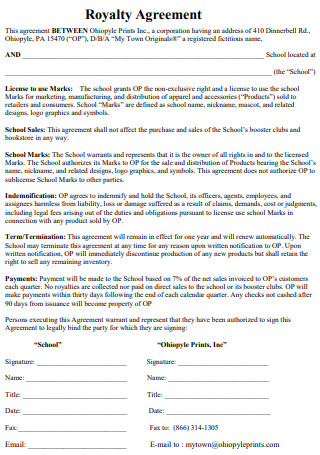
Royalty Agreement
download now -
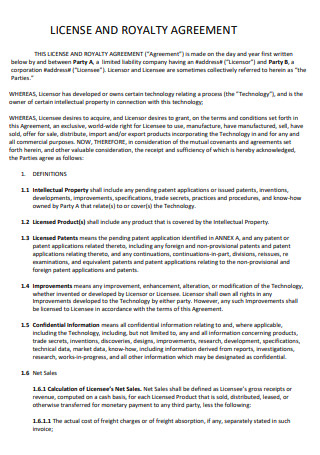
License And Royalty Agreement
download now -
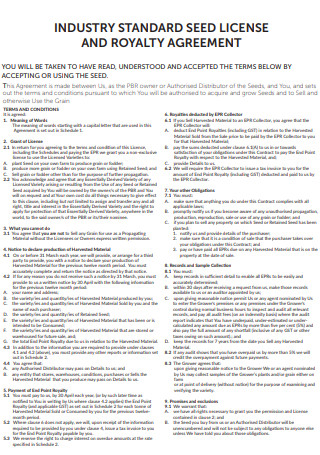
Seed License And Royalty Agreement
download now -
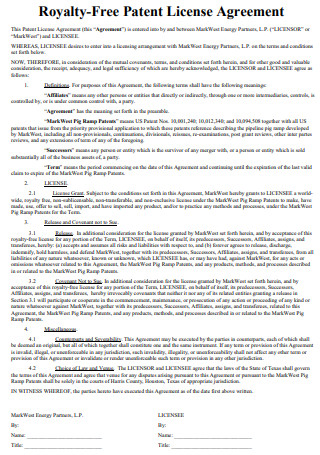
Royalty Free Patent License Agreement
download now -
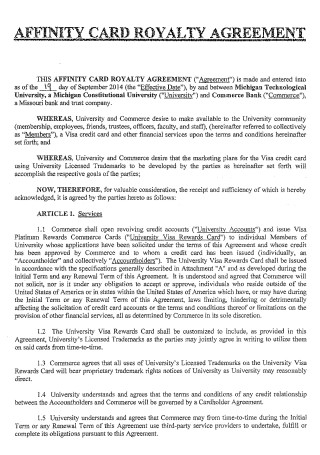
Affinity Card Royalty Agreement
download now -
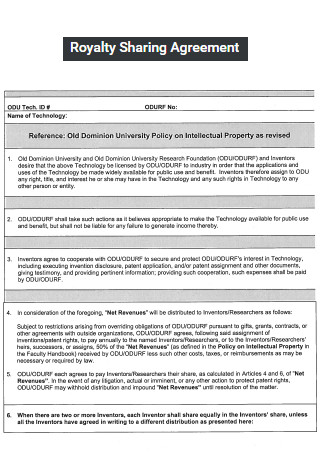
Royalty Sharing Agreement
download now -
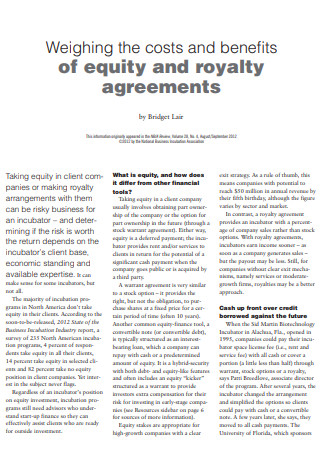
Equity and Royalty Agreement
download now -
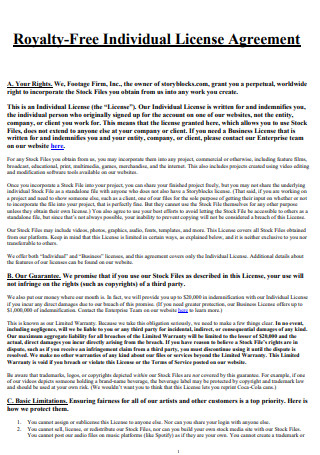
Royalty Free Individual License Agreement
download now -
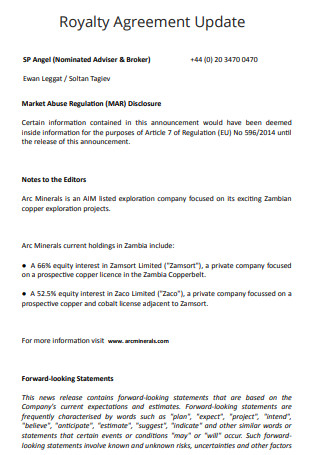
Royalty Agreement Update
download now -
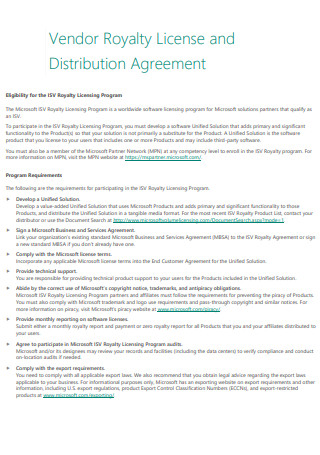
Royalty License and Distribution Agreement
download now -
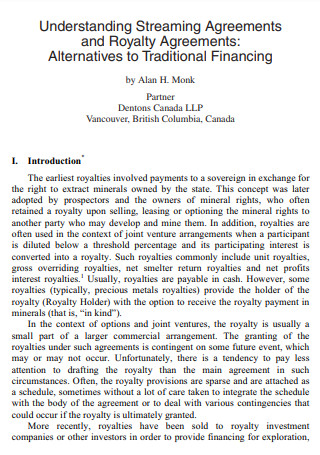
Understanding Streaming And Royalty Agreement
download now -
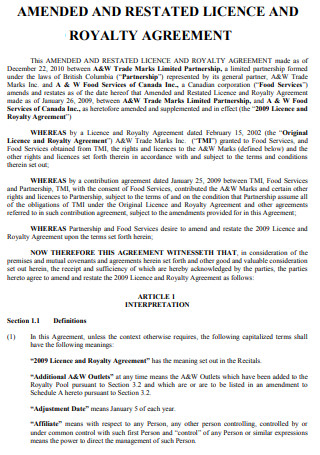
Restated License And Royalty Agreement
download now -
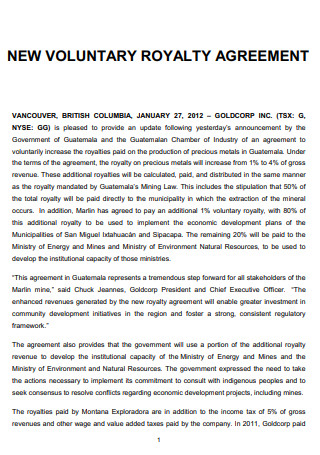
New Voluntary Royalty Agreement
download now -
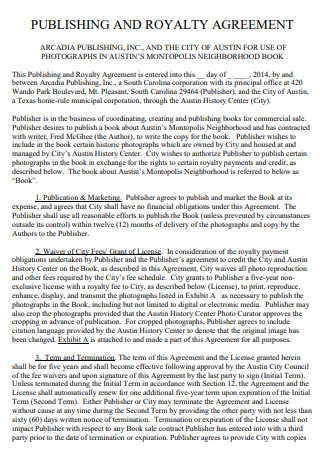
Publishing And Royalty Agreement
download now -
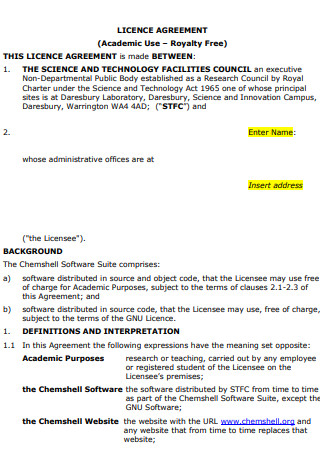
Royalty Free Licence Agreement
download now -
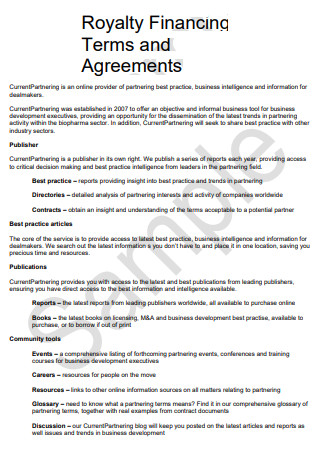
Royalty Financing Terms and Agreements
download now -
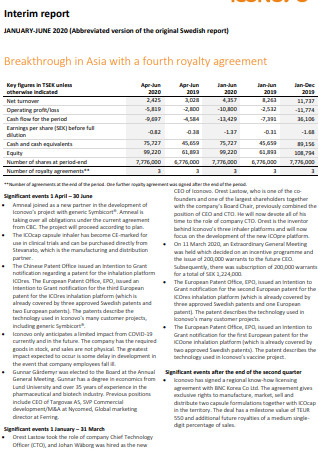
Royalty Agreement Report
download now -
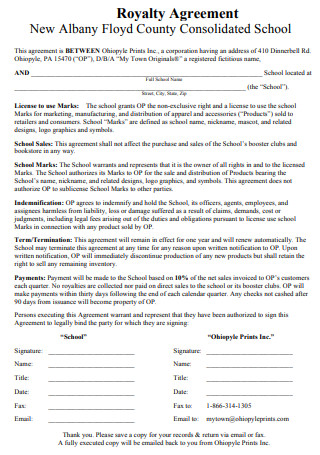
School Royalty Agreement
download now -
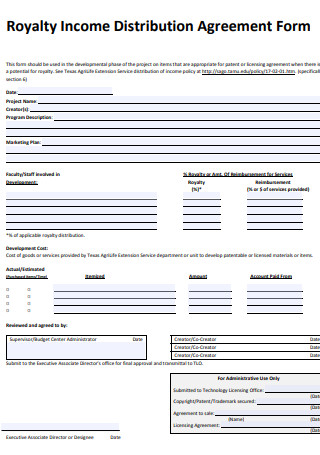
Royalty Income Distribution Agreement Form
download now -
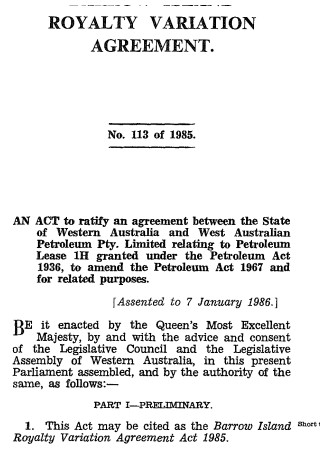
Royalty Variation Agreement
download now -
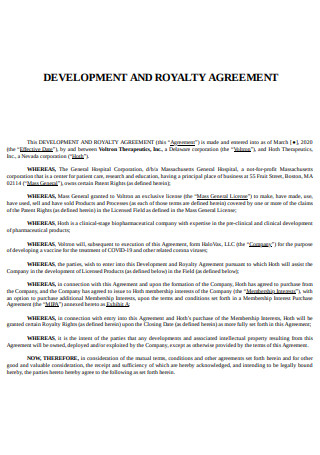
Development Royalty Agreement
download now -
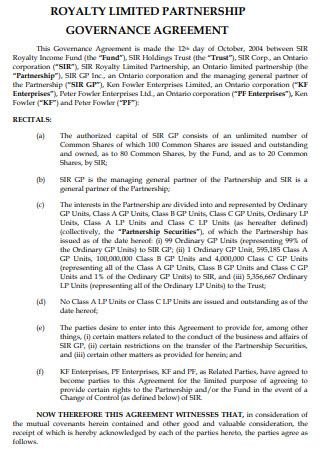
Royalty Limited Partnership Agreement
download now -
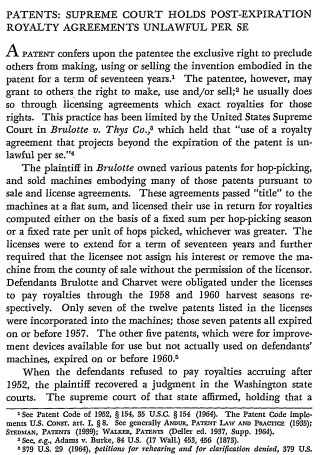
Post Expiration Royalty Agreement
download now -
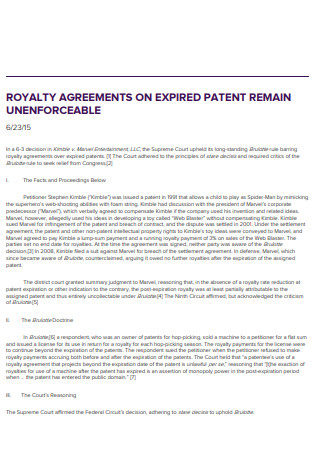
Royalty Agreement Expired Patent
download now -
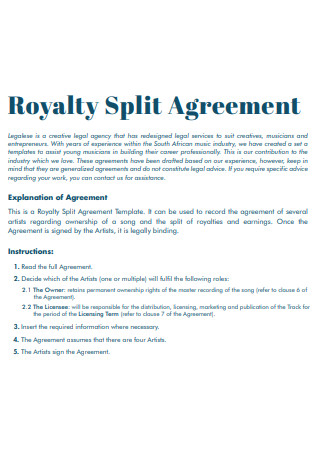
Royalty Split Agreement
download now -
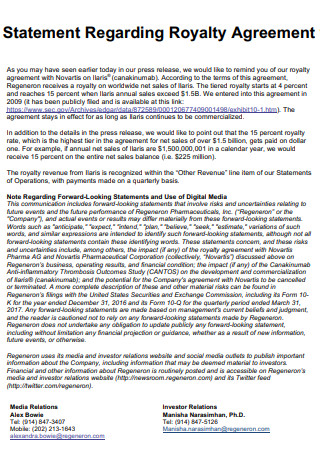
Statement Regarding Royalty Agreement
download now -
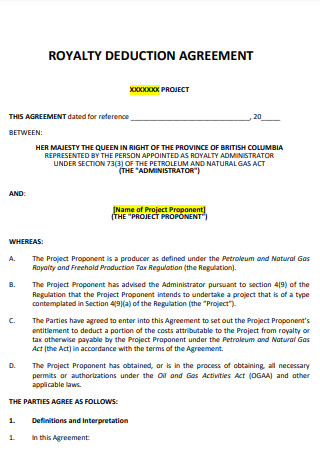
Royalty Deduction Agreement
download now -
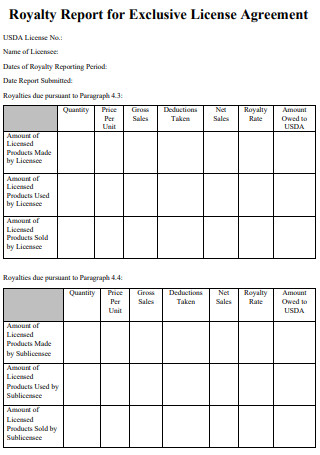
Royalty Report for Exclusive License Agreement
download now -
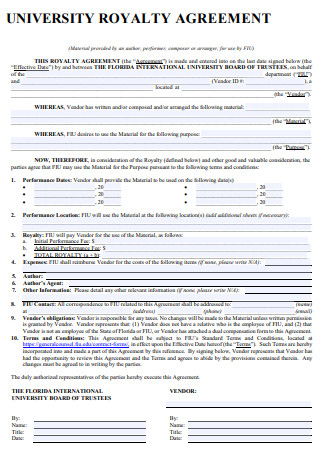
University Royalty Agreement
download now -
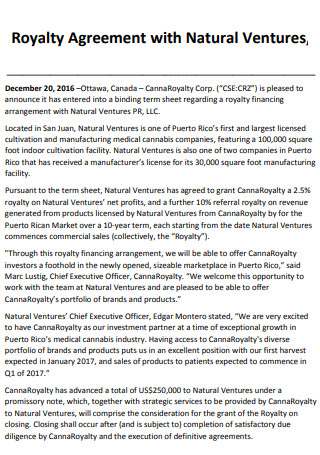
Royalty Agreement with Natural Ventures
download now -

Royalty School Related Licence Agreement
download now -
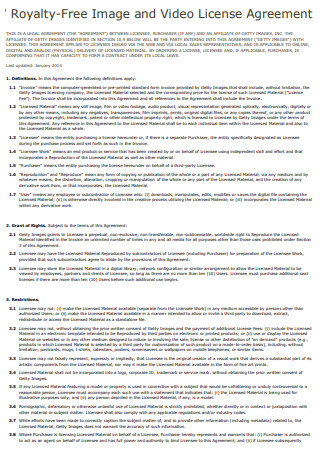
Royalty Image And Video Licence Agreement
download now -
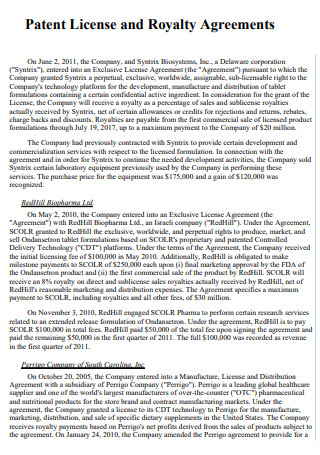
Patent License and Royalty Agreement
download now -
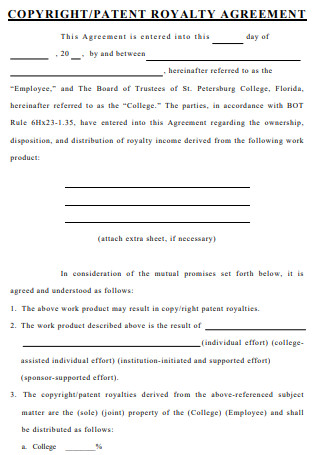
Copyright Patent Royalty Agreement
download now -
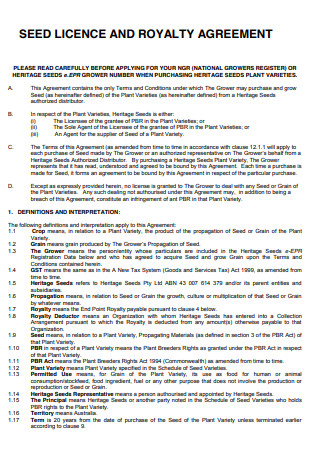
Seed Licence And Royalty Agreement
download now -
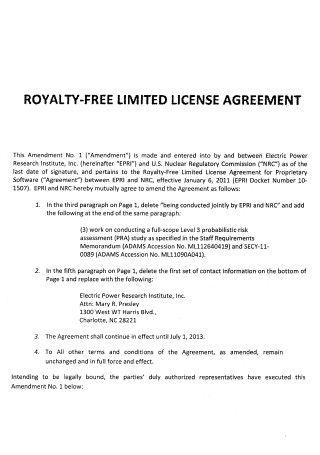
Royalty Free Limited License Agreement
download now -
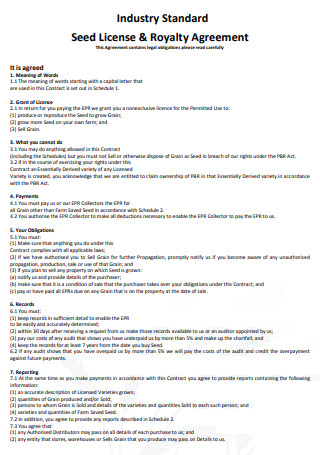
Industry Standard Royalty Agreement
download now -
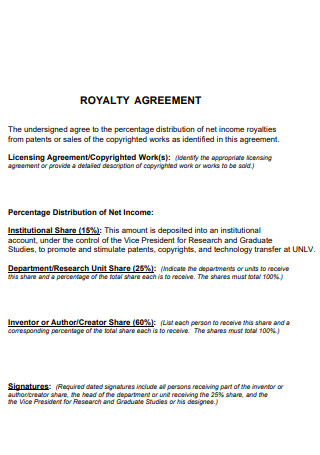
Sample Royalty Agreement
download now -

Non-Exclusive Royalty Agreement
download now -
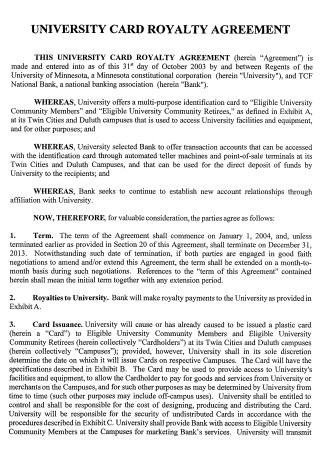
University Card Royalty Agreement
download now -

Bookstore License Royalty Agreement
download now -
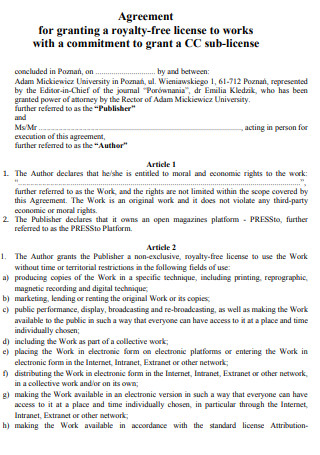
Granting a Royalty Agreement
download now -
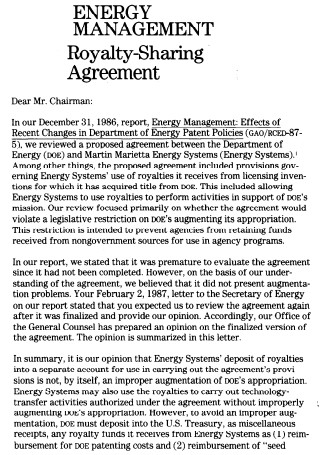
Energy Management Royalty Agreement
download now -
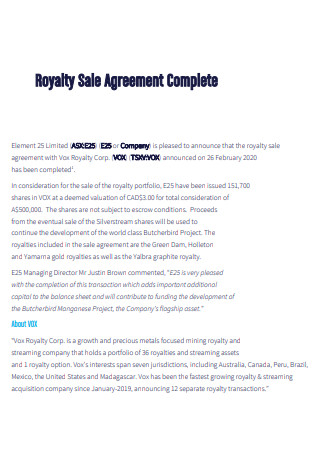
Royalty Sale Agreement Complete
download now -
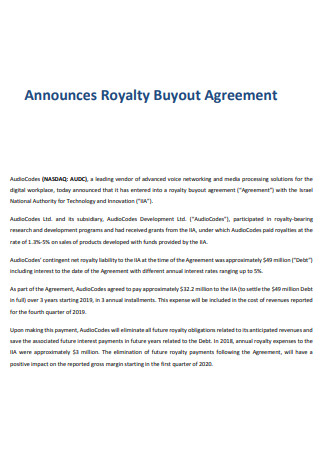
Royalty Buyout Agreement
download now
What Is a Royalty Agreement?
Royalty agreement is a contract struck between two parties regarding royalties paid by the licensee. It will also provide them the right or license to “use” the asset or product. The royalty agreement would also specify the royalty rates already calculated with the deductibles. The extent to which the product or process can be modified and used should be specified in the agreement. That, as well as the grounds for termination. The rates, whether fixed or dependent on minimum sales or a percentage of gross revenue, are the most significant part. The agreement should also specify how it will be paid and who will be paid.
Types of Royalties
There are various industries that earn royalties for the products they create. And, if they’re lucky enough to have it licensed for usage, they can earn royalties on it. It’s essentially the same. Payment is required for the use of intellectual property that belongs to the owner or creator. That is merely fair pay. After all, the concept is the result of their efforts. It is best to ensure that they are aware of their rights and will not be exploited. A franchise agreement, for example, could include royalties. Or any license agreement such as end user license agreement. And there’s more, so let’s go find out!
How To Make a Royalty Agreement
Royalty agreements compensate inventors, songwriters, and other creators for the right to use their product. Of course, there are certain conditions in which royalties may be levied. Patents, too, must show a specific concept, procedure, or product that will be useful. Consider royalties to be additional pay. People who do well in the media might expect to earn thousands or millions of dollars in royalties alone. That being stated, it is only fair to draft a royalty agreement that covers all of the bases for all parties involved.
-
Step 1. License
A license may be required for the use of someone’s asset or intellectual property. This also includes a license fee, which serves as payment for the use. When a product is manufactured with the use of a licensed IP, there is a fee for that procedure. As a result, a license to utilize the product or method could be provided as part of the royalty agreement. It is usually considered in manufacturing where patents are involved. However, ownership would be retained by the owner or licensor. A licensing fee is typically a predetermined amount that is distinct from royalties. Royalties are earned as a percentage of total revenue generated by the product’s use.
-
Step 2. Percentage in Sales
Royalties are typically calculated as a proportion of sales. A large component of the royalty agreement would be reaching an agreement on the percentage. As a result, it is a legally obligatory payment for continuous use. The rates must be discussed and willingly carried out. The royalty rates can be influenced by a variety of things. The risks involved, as well as the product’s market demand, may have an impact. Book royalties, for example, have varied rates depending on the format of the book. A hardback cover generates 15% of net sales, whereas a paperback cover generates only %. As a result, a single product may have several royalty rates.
-
Step 3. Indemnification
When it comes to indemnification, there are diverse negotiations. Indemnification is a type of recompense for any loss or damage. It is a two-party agreement in which one party undertakes to compensate for the possible damages generated by the other party. As a result, liability shifts between the two parties. It is up to the agreement if royalties are not affected during indemnification. Or who or which party should be held accountable. This should be stated directly in the agreement.
-
Step 4. Termination
Certain conditions can lead to the termination of a royalty agreement. It could also be due to the discontinuation of usage of the copyright, in which case royalties are no longer paid. Alternatively, they could agree to waive royalty fees once both parties reach a certain milestone. Which isn’t advisable because it defeats the point of royalty fees. However, it must be specified whether there are any conditions that could lead to the agreement being terminated. The same as any other contract. It should also state whether there are any termination fees in the event of an early cancellation. Or a severance package that includes termination payments.
-
Step 5. Payments
Royalty fees are payments made in exchange for the use of a product. Royalties might be paid for a long time. And, depending on the terms of the agreement, it can be paid monthly or weekly. Aside from the premium, one aspect of negotiating is the deductibles. For example, product shipping costs could be deducted from net sales. There is also the matter of tax deductions, which can change depending on where you live. The payment must be negotiated while deductibles and their amounts are considered. Minimum sales may have an impact on royalties. Alternatively, two parties could agree on a fixed amount. As a result, it should be agreed and computed as part of the contract.
FAQS
Why Is a Royalty Agreement Important?
Both parties (licensor and licensee) gain from royalty agreements. It would grant the licensee use of the product in exchange for a royalty charge. An agreement is a better compromise than being thrown into legal disputes over the illegal usage of licensed merchandise. Furthermore, royalties can be negotiated. As in the case of a franchise, it might simply be based on minimum sales. Alternatively, there could be a set quantity. It is usually calculated as a percentage of a product’s net sales or gross income. It also safeguards both parties.
How Much Are Royalty Fees?
Royalty rates can differ. It might be a set sum, or it could vary with each payment. It would normally range between 5 and 9 percent of gross sales income. Or 2-15 percent of the total buyout of properties. There could also be a deduction calculated as a part, such as tax and other deductible expenditures. Most royalty rates are negotiable between two parties.
Who Pays the Royalties?
Any company or individual who utilizes the product must pay a royalty fee. It grants the “right” for an ongoing use of the asset.
It is only fair to reward creators for the usage of their works. They would be protected by a royalty contract and a royalty license. But also the person who will be using their stuff. As a result, the royalty agreement template should guide you in the right direction!
